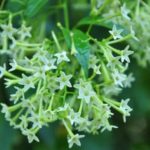Wisteria is an enchanting flower species beloved by many. To learn how to cultivate this flower and for other related information, join us as we explore this article.
1 What is Wisteria?
 What is Wisteria?
What is Wisteria?
Wisteria, also known as Chinese wisteria (its English name), has the scientific name Wisteria sinensis. It is a woody, vining plant native to America that has been present in Vietnam for about 6-7 years. You can easily find these flowers in China and Japan.
Wisteria belongs to the legume family and typically blooms in April, May, and June. The flowers grow in large, vibrant, and eye-catching clusters.
2 Characteristics of Wisteria
 Characteristics of Wisteria
Characteristics of Wisteria
Wisteria is known for its vining habit, with soft, lanceolate leaves measuring 15-35 cm in length. The leaves are arranged in a pinnate pattern, falling off in late autumn to early winter, after which the flower buds appear. Wisteria has a taproot system without lateral roots and is long-lived.
The flowers of wisteria are typically small, growing in hanging clusters 10-80 cm long. They come in shades of purple, white, and pink, exuding a distinctive fragrance that captivates many. Wisteria usually takes 4-5 years to flower.
3 Symbolism of Wisteria
The Feng Shui Significance of Wisteria
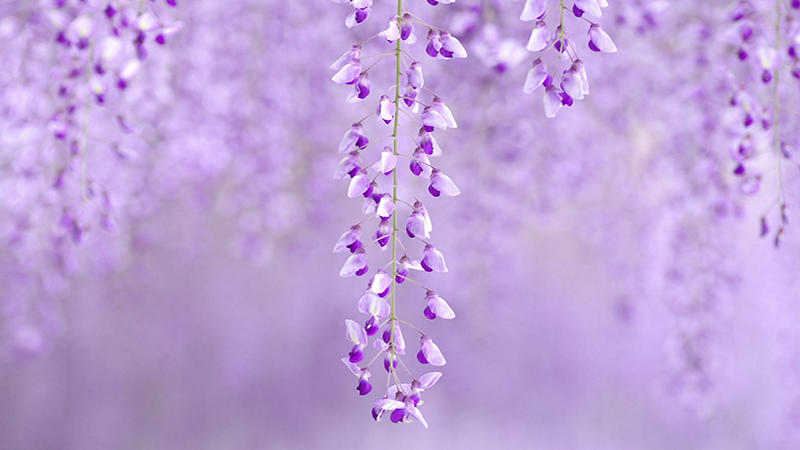 Feng Shui Significance of Wisteria
Feng Shui Significance of Wisteria
According to Eastern philosophy, wisteria carries the following meanings:
- Bringing good luck and a favorable start to a new home, project, or venture. Therefore, companies often choose bonsai wisteria to decorate their offices.
- Conveying a warm welcome, making it a popular choice for housewarming parties and other celebratory events.
- Symbolizing romantic interest, often given as a gift during first encounters.
- Representing youthful passion and the fleeting nature of time.
The Meaning of Wisteria’s Different Colors
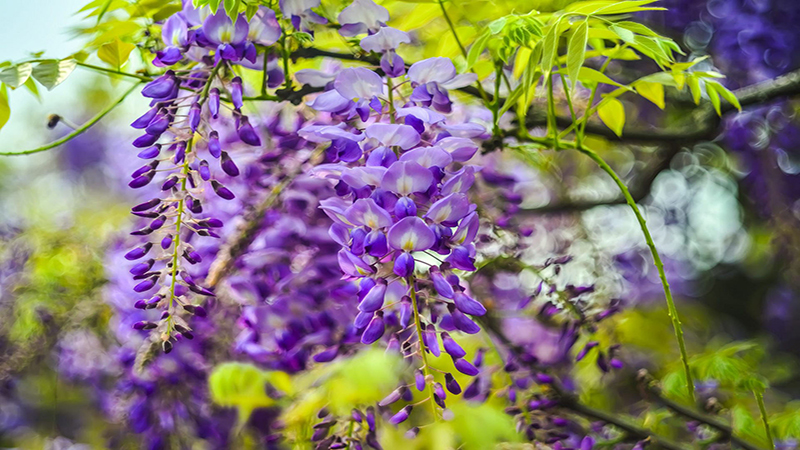 Meaning of Wisteria’s Colors
Meaning of Wisteria’s Colors
Purple wisteria symbolizes eternal love, devotion, and loyalty.
Pink wisteria represents romantic emotions and is also associated with femininity.
White wisteria signifies friendship (in Japanese culture), purity, innocence, and good luck.
Green wisteria stands for a positive new beginning.
4 How to Grow and Care for Wisteria
Growing and Caring for Wisteria in Pots
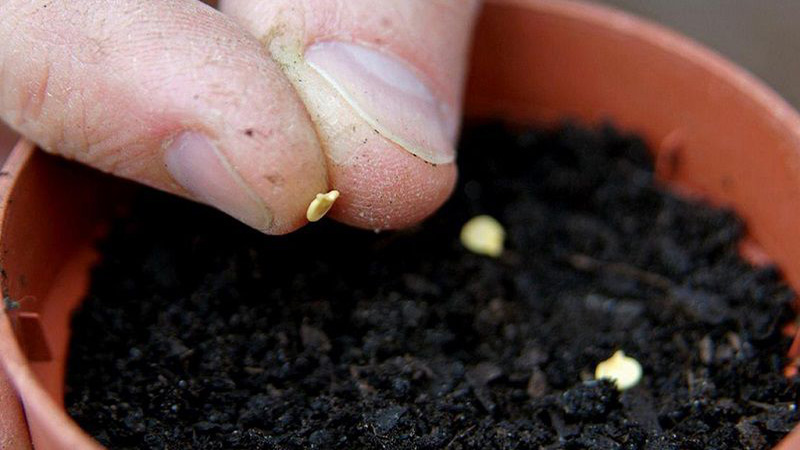 Growing and Caring for Wisteria in Pots
Growing and Caring for Wisteria in Pots
Planting Wisteria in Containers
Prepare the following materials for planting wisteria in a pot:
- Wisteria seeds
- A pot
- Nutrient-rich, fertile soil
Choose healthy, disease-free seeds and soil that is rich in nutrients.
Steps to plant wisteria in a pot:
Step 1: Soak the seeds in water for about 24 hours to stimulate germination.
Step 2: Before planting, loosen the soil and place the soaked seeds in it.
Step 3: Water sufficiently and place the pot in a location with moderate temperatures, avoiding excessive heat.
Note: Wisteria thrives in cold climates. In regions with high temperatures or tropical climates, it may struggle to grow well. The ideal time to sow wisteria seeds is from March to April every year.
Caring for Potted Wisteria
In the early morning, water the seeds regularly to encourage germination.
For young plants, provide a location with a mix of shade and sunlight to facilitate photosynthesis, and ensure they receive ample water during this stage.
In July and August, prune the branches and leaves to promote better growth.
Use NPK or organic fertilizers and apply them around the base of the plant to help it adapt more easily.
Growing and Caring for Climbing Wisteria
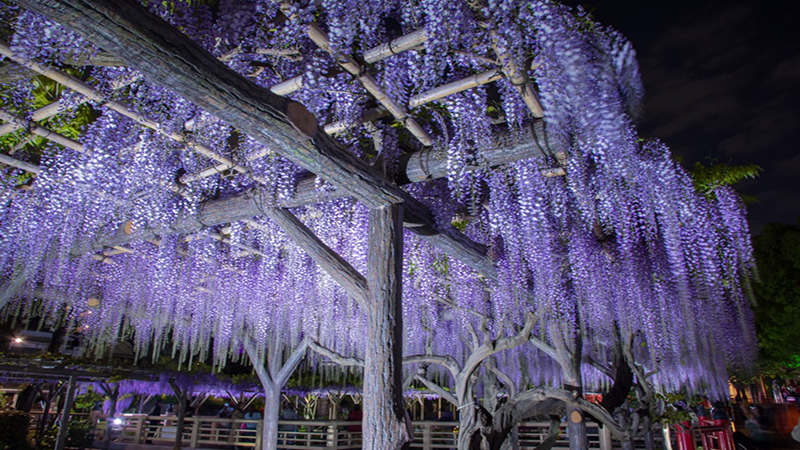 Growing and Caring for Climbing Wisteria
Growing and Caring for Climbing Wisteria
Planting Climbing Wisteria
To train wisteria to climb, use the cutting method and select healthy mother plants that are at least 3 years old.
Choose robust branches free from dryness or disease, cut them, and then plant them in the soil. After about two weeks, when the cuttings have adapted to the new environment, guide the branches onto a trellis or support structure to encourage climbing.
Caring for Climbing Wisteria
Provide your climbing wisteria with a moderate amount of water to maintain adequate moisture for its growth.
Use organic fertilizers applied around the base and water thoroughly to help the nutrients reach the roots quickly. Consider using fertilizers specifically designed for climbing plants to aid adaptation.
Additionally, prune the branches and leaves of wisteria in mid-February, July, and August.
5 Is Wisteria Poisonous, and Can It Be Eaten?
 Is Wisteria Poisonous, and Can It Be Eaten?
Is Wisteria Poisonous, and Can It Be Eaten?
While wisteria boasts stunning beauty, it also contains a significant amount of toxins throughout the plant, except for the flowers. Consuming its leaves or fruits can lead to diarrhea, abdominal pain, and even death if left untreated. Therefore, immediate medical attention is crucial if poisoning is suspected.
However, in traditional medicine, the bark and stems of wisteria can be used to make effective detoxifying and antiseptic medicines after proper processing.
We hope this article has provided you with valuable insights into wisteria. If you’re captivated by this flower, consider learning more and giving it a try in your garden.


























